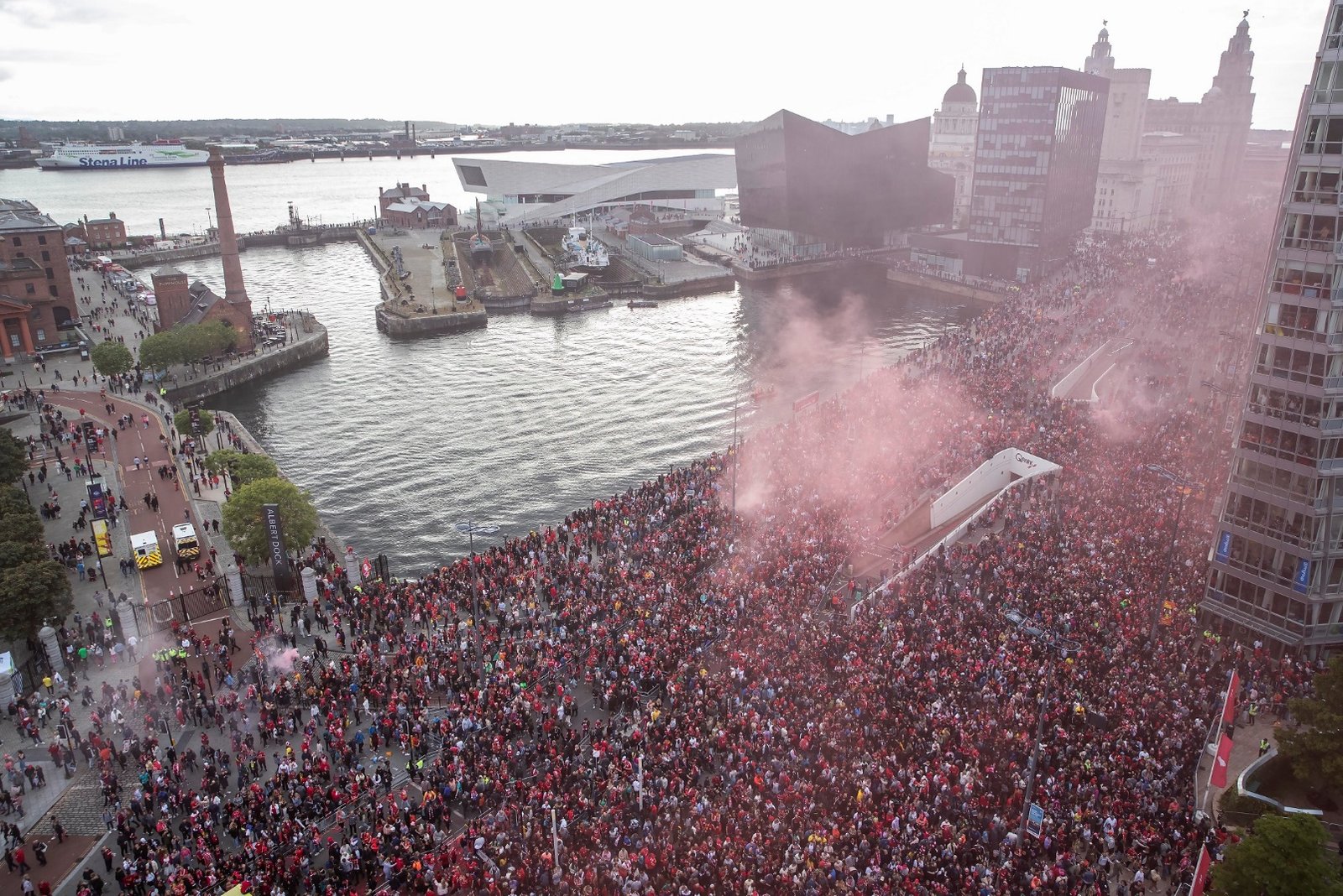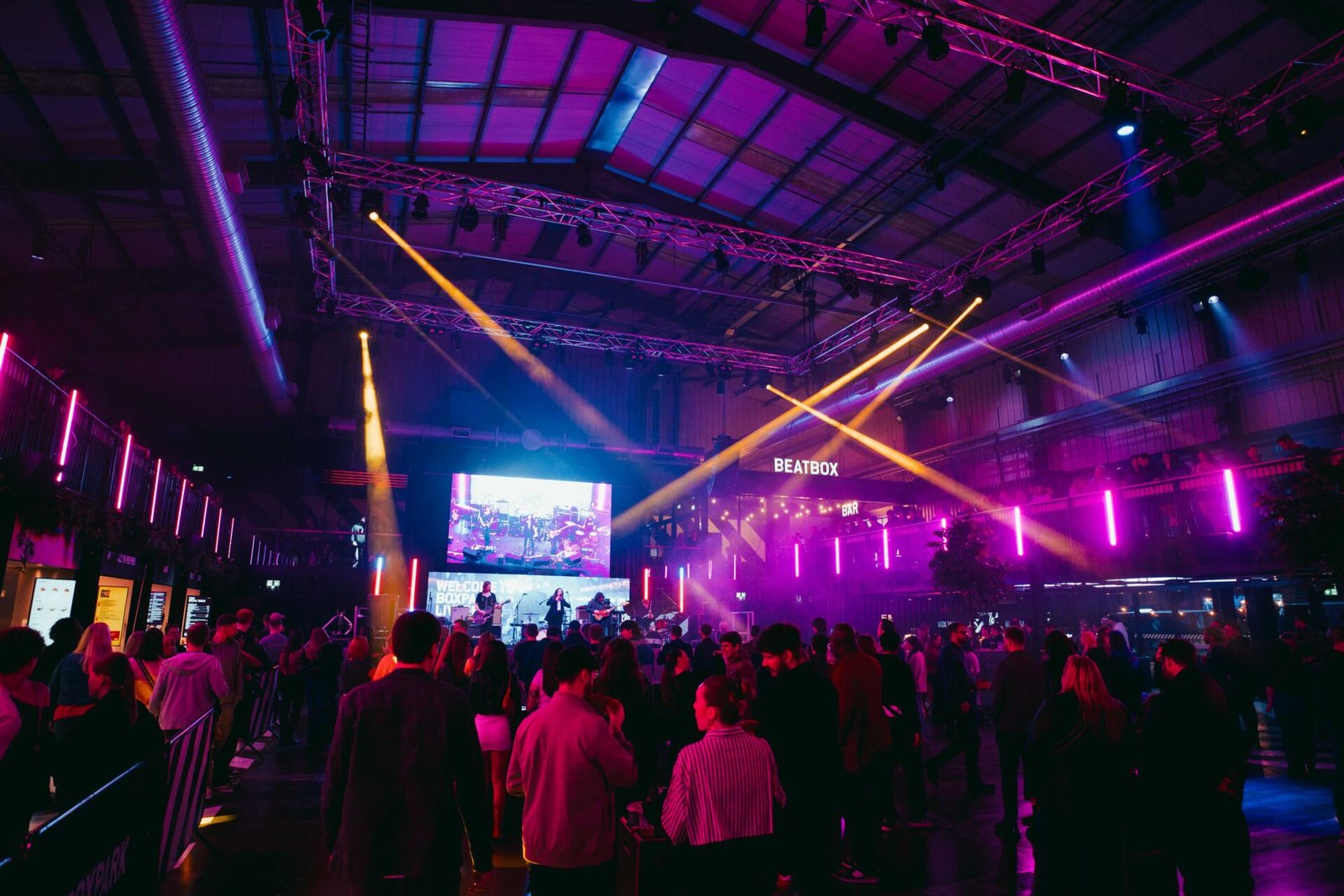Liverpool is a city bursting with breath-taking buildings and stunning structures to view in and around the city. With so many to choose from, explore our list of must see stunning buildings, that make up many of the beautiful sights of one magnificent city!
The Royal Liver Building
Pier Head, Liverpool, L3 1DP

Standing tall overlooking the River Mersey, dominating the city’s famous Waterfront and part of Liverpool’s stunning skyline is The Royal Liver Building. Located at the Pier Head alongside its neighbours Cunard Building and Port of Liverpool Building, The Royal Liver Building is known as one of the Three Graces.
This Magnificent structure is a Grade I listed and is part of Liverpool’s UNESCO designated World Heritage Maritime Mercantile City. 2011 was a special year for the Royal Liver Building celebrating 100 years. The Building’s crowning moment came with the visit of Her Majesty the Queen and His Royal Highness the Duke of Edinburgh on 1st December 2011.
Liverpool Town Hall
High Street, Liverpool, L2 3SW

Liverpool Town Hall stands proud in the High Street, at its junction with Dale Street, Castle Street and Water Street. Recorded in the National Heritage as a designated Grade I listed building, Liverpool Town Hall is known as one of the finest surviving 18th Century town halls. This beautiful building is considered probably the grandest suite of civic rooms in the country, and an outstanding and complete example of late Georgian decoration.
The Hall has hosted countless prestigious events, including numerous Freedom of the City ceremonies, Royal visits from home and abroad, an iconic homecoming for the Beatles on the front balcony and undoubtedly much more still to come. Liverpool Town Hall is the home of The Lord Mayor of Liverpool, situated within Liverpool’s prestigious World Heritage Site. Built in 1749 and designed by John Wood, this breath-taking structure consists of Minton tile floor showing the arms of Liverpool The walls are decorated with murals created in 1909, showing scenes of the city’s history from King John creating Liverpool as a free port to Liverpool as a centre of culture, commerce, education and progress.
St George’s Hall
St George’s Place, Liverpool, L1 1JJ

Located on Lime Street opposite Lime Street Station, The stunning St George’s Hall provides an amazing welcome to Liverpool. The Hall is a designated Grade I listed building and possesses a Neoclassical style, which contains concert halls and law courts. Located on east side of the hall is St George’s Plateau, and the west side is St John’s Gardens.
This Victorian built land-mark venue opened in 1854, is an expression of the confidence and ambition the Victorians had for the city, personifying the Concert Room and the grandeur of The Great Hall with stunning architecture. St George’s Hall is also included in the William Brown Street conservation area.
The Port of Liverpool Building
Pier Head, Liverpool, L3 1DP

Designated as a Grade II listed building, one third of the famous Three Graces, stands the amazing Port of Liverpool Building. Situated at the Pier Head and, along with the neighbouring Royal Liver Building and Cunard Building It is also part of Liverpool’s UNESCO-designated World Heritage Maritime Mercantile City.
Designed in the Edwardian Baroque style, the Port of Liverpool Building is quite monumental in its physical structure, particularly noted for its large impressive dome, which acts as the focal point of the rectangular building. Standing 220 feet tall, the Port of Liverpool Building is ranked fourteenth in the list of tallest buildings in Liverpool. Constructed between 1904 and 1907, the Port of Liverpool Building, originally Mersey Docks and Harbour Board Head Office for 87 years, was more commonly known as the ‘Dock Office’.
Bluecoat Chambers
School Lane, Liverpool, L1 3BX

Situated in the heart of the city centre in Church Street retail area, is the distinctive Bluecoat Chambers. Built in 1716-17 as a charity school, Bluecoat Chambers in School Lane is the oldest surviving building in central Liverpool. Following the Liverpool Blue Coat School’s move to another site in 1906, the building was rented from 1907 onwards by the Sandon Studios Society.
Its elegant Queen Anne style architecture, cobbled front courtyard and beautiful ‘secret garden’ make it amongst the top visitor attractions in the region. Designated as a Grade I Listed building, this architectural masterpiece is almost 300 years old. This stunning building has been a centre for the arts and a meeting place for the people of Merseyside for the past century.
Liverpool Metropolitan Cathedral
Cathedral House, Mount Pleasant, Liverpool, L3 5TQ

Officially known as the Metropolitan Cathedral of Christ the King, Located at Cathedral house is the amazing Liverpool Metropolitan Cathedral. This Grade II building is the seat of the Archbishop of Liverpool and the mother church of the Roman Catholic Archdiocese of Liverpool.
Known to locals as the “Catholic Cathedral”, other nicknames for the building include “Paddy’s Wigwam”, “The Pope’s Launching Pad”, and “The Mersey Funnel”. The Liverpool metropolitan is the largest Catholic cathedral in England, and together with its sister Cathedral at the other end of Hope Street plays an important part in the life of the City of Liverpool and Merseyside.
Liverpool Cathedral
St James Mount, Liverpool, L1 7AZ

Built on St James’s Mount, the Liverpool Cathedral is the Church of England Cathedral of the Diocese of Liverpool and is the seat of the Bishop of Liverpool. It may be referred to as the Cathedral Church of Christ in Liverpool or the Cathedral Church of the Risen Christ, Liverpool, being dedicated to Christ ‘in especial remembrance of his most glorious Resurrection’.
Liverpool Cathedral is the largest cathedral and religious building in Britain. From the very early days of its origins and starting to build just after the turn of the 20th Century, through to its completion in 1978 after 74 long, hard, but rewarding years, the unfolding story of this great cathedral, the largest in the whole of the UK and the fifth largest in the world, is unique and fascinating. The Cathedral today is not only pivotal to the spiritual and worship life of the city, but also ranks high in the North West tourist attraction tables.
The Cunard Building
Pier Head, Liverpool, L3 1DP

Designed by William Edward Willink and Philip Coldwell Thicknesse, constructed between 1914 and 1917 The Cunard Buildings is part of the Three Graces that dominate the city’s Waterfront. The building’s style is a mix of Italian Renaissance and Greek Revival, and its development has been particularly influenced by Italian palace design. The building is noted for the ornate sculptures that adorn its sides.
This magnificent building was the headquarters of the Cunard Line until the 1960s, and the building still retains the name of its original tenants. It was also home to Cunard’s passenger facilities for trans-Atlantic journeys that departed from Liverpool. Today, the building is owned by the Merseyside Pension Fund and is home to numerous public and private sector organisations. It is located directly opposite from Albion House, the former headquarters of White Star Line.










